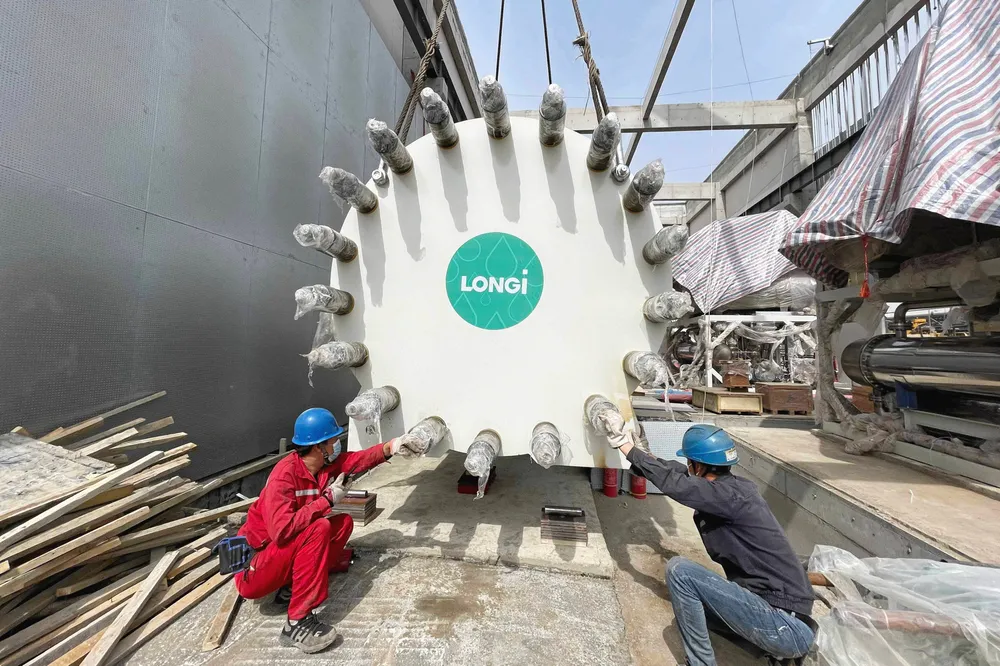Longi plans to increase electrolyser output to 5-10GW next year as it eyes global green hydrogen market
Chinese manufacturer is focusing on improving efficiency, increasing per-unit size, and pre-fabricating integrated electrolyser/balance-of-plant systems
